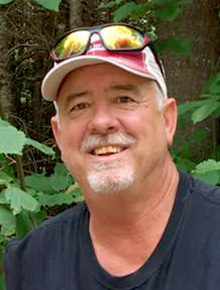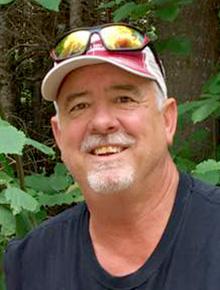
The public lands in Minnesota are the heart and jewel of the Minnesota way of life. Many people move to Minnesota to immerse themselves in this way of life.
Others wouldn’t consider living anywhere else because of it. Minnesota has great hunting, fishing, bird watching, canoeing and a lengthy list of other outdoor pursuits.
At the heart of this lifestyle is our public lands. I call them citizen-owned lands, and I donate and dedicate hundreds of hours to their development and maintenance.
I have worked on the acquisition of over 25 parcels of land that have become Wildlife Management Areas open to all people to enjoy activities compatible with the wildlife resource mission.
There are many different types of public lands.
Up in Northern Minnesota these public lands are managed for proper forest resources. This type of management supports all of the wildlife that occupy this part of the state.
In the southern part of the state, they are managed for prairie and grassland ecosystems which have a very different wildlife mix.
There is a big brouhaha going on right now that started as a simmer and has grown into a forest fire that is looking like it is soon to get out of control. It has to do with timber harvest on these public lands.
Somewhere along the line the Waltz administration set some sort of quota to provide the timber industry with a target goal of timber volume to be cut from public lands. These are lands that fall within the designation of Wildlife Management Areas.
This, in my opinion, was to make nice with the timber industry and make some political points.
Wildlife habitat management has to be founded in biology and science and not in politics. This can be the only basis for managing citizen-owned resources.
When the Department of Natural Resources came out with the notification that X number of cords of wood would be harvested from these designated wildlife public lands, there was a pretty big cry of “FOUL.”
The department paid no attention to this public outcry. I do need to say that timber harvest, when done for a wildlife resource purpose, can and does benefit wildlife.
There are certain species of birds and other animals that benefit greatly from what is call successional forests. This is tree growth that has different ages.
Forests with new acres of clear cuts, some harvest that happened 10 years ago and some that happened 20 years ago allow these species to inhabit the most advantageous habitats to give them the most successful reproductive outcomes.
Timber harvest activities done to manage forest habitats in this manner are supported by all educated people, whether scientists or the common user.
There were many current and former DNR employees that signed a letter to the commissioner sharing their concerns that money and political influence were overriding the conservation dictate.
This pushback is gaining speed, and I am on that train. Also, there are other deeper legal issues when harvesting timber on lands paid for from a variety of different sources whose sole intent is benefiting wildlife.
If this dollar-motivated timber harvest moves forward, we could lose millions of future funding dollars for these important and critical resource lands. Minnesotans cannot allow this to happen.
It appears that when the voices of those educated in the management of forest resources continued to be ignored by the department, they are now going to take those concerns to the legislature to see if that can be a successful venue to stop the effort from moving forward.
I pretty much don’t like politics. The old saying that “if nobody’s happy with the outcome, then it was probably a pretty good outcome” does not work for me.
This is an issue that needs our attention and, like 100 other issues, it needs your input. Get informed about what is coming for our forested public lands and say something to the representative in your area.
Resource removal activities on public lands – and this can include timber harvest or cattle grazing – needs our close attention.
Both of these activities and many others can have positive habitat improvement results when done properly and with the proper intent. Proper intent does not include quotas for timber harvest in a money and politics fashion.
DNR leadership, please listen to your inner circle of biology and science professionals and your constituents, the common public lands user, and stop this timber harvest action under its current direction before it starts.
Scott Rall, Worthington, is a habitat conservationist, avid hunting and fishing enthusiast and is president of Nobles County Pheasants Forever. He can be reached at scottarall@gmail.com. or on Twitter @habitat champion.



